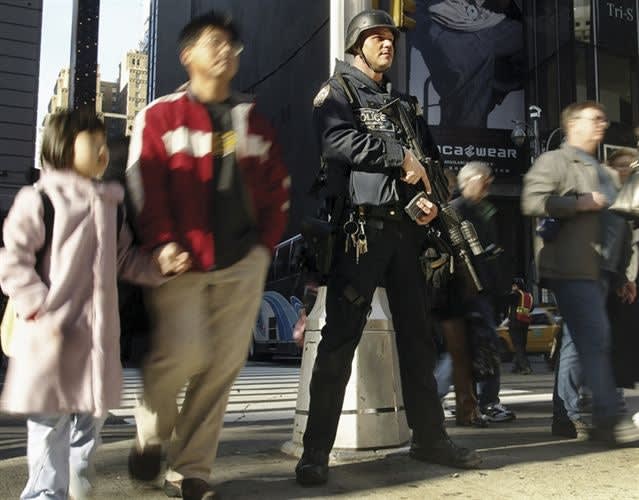There's a classic argument in economics and politics called "Guns or Butter." Basically, it's about how governments must balance spending between building domestic wealth of the people and providing for their defense. Today, a similar dilemma faces American law enforcement executives. They must determine how much of their resources to devote to anti-terrorism and how much to allocate to traditional policing.
"Doing more with less." It lacks the romantic zing of the Los Angeles Police Department's fabled "To Protect and Serve," but as far as department mottos go, it's an apt description of the current state of many police agencies. The atrocities of 9/11 at once increased the need for domestic security even as the attacks compromised the economy necessary to fund that security.













